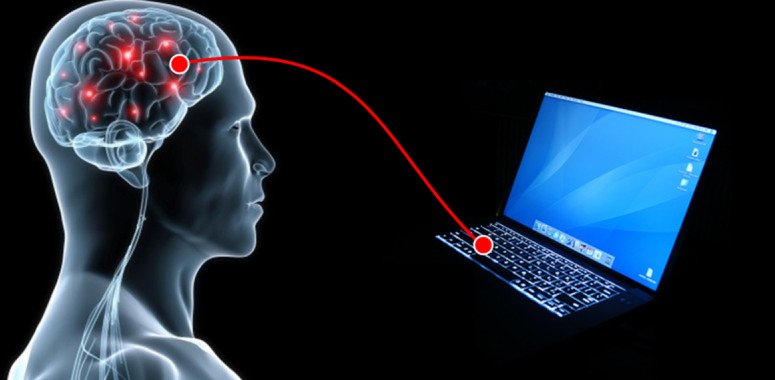Neurosurgery is one of the most difficult procedures to do on the human body. Much of our mobility, brain function and internal organs are controlled by the brain, spinal cord, peripheral nerves and extracranial cerebro-vascular system. Neurosurgery is classified into different subspecialties or categories based the condition that necessitates operation.
General, Vascular, oncological, skull-base, spinal, peripheral-nerve and stereotactic neurosurgery are the most common types of neurosurgery. To accomplish the intended result, whole team of doctors should take a great deal of skill and care in manoeuvring through the layers of bone, muscle and brain structures and nerves. As a result, selecting the finest Neurosurgeon in Bangalore is critical to the procedure’s success.
Because of the sensitive nature of these procedures, a range of electro-mechanical tools have emerged throughout time to offer the precision needed. Computer assisted neurosurgery has recently shown to be a reliable and popular option for neurosurgeons all around the world.
The Neurosurgeon in Bangalore is carefully directed during the procedure utilizing a variety of sophisticated imaging equipment and gadgets, including robotic helpers, in order to obtain better outcomes. Neuro-navigation refers to these operations and the technology that supports them.
What is neuro-navigation?
Neuro-navigation is a GPRS-based computer assisted technology that aids neurosurgeons in locating the precise target in the brain and spine.
Tumour resection, deep seated tumour surgery or resection, biopsy, skull base tumours, blood clot removal, spine instrumentation or fixation with implants, radiosurgery and other procedures benefit from neuronavigation systems. Once the tumour target has been reached, surgeons have been able to visualise the deeper structures with a good amount of light, magnification and 3D vision with the use of high end sophisticated neuro-microscopes.
Necessity for neuro-navigation
Surgical excision of one or more damaged tissue(s) in the brain, spinal cord or skull base is required for a variety of patient diseases. Removal of brain tumours, deep-seated brain lesions, and treatment for movement disorders such as Parkinson’s Disease and dystonias are examples of such treatments.
The removal of these tissues may have an effect on one or more of the brain’s functional areas. It can be adjuvant to Key-hole surgery and microscopic operations to ensure minimal damage to the functional parts.
The surgeon must have exceptional precision and access to data about the precise location of his or her tools and distance from the patient in order for the treatment to be successful.
Neuro-navigation aids in the circumvention of this constraint. On a monitor screen, a mathematical representation of the affected tissue and the surgeon’s hands, or more especially the focal point of his/her instruments, is prominently presented with explicit coordinates. This image is updated in real-time as the surgeon goes through the procedure. As a result, the surgeon achieves ideal alignment in the operating field, resulting in a safe and accurate tissue removal. In a nutshell, neuro-navigation is a simple technology that improves the efficiency of neurological treatments.
Neuro-navigational tools and procedures
Various technologies have emerged over time to aid in the specific location of a damaged tissue, which is technically known as functional localization.
Neuronavigation entails the use of one or more of these advanced imaging technologies, as well as advanced surgical equipment to assist the surgeon in orienting himself with three dimensional images of the patient’s anatomy before and during surgery.
Applications of neuro-navigation
- Resection of a brain tumour like Meningiomas , metastatic tumour
- Surgery on the pituitary tumour
- Skull base tumours
- Deep seated gliomas
- Intracranial hematomas
- Subdural hematoma
- Shunt surgery
- Spinal fusion surgery
- Epilepsy is treated through awake brain surgery
- Brain biopsy
- DBS in Parkinsonism
Role of neuro-navigation in neurosurgery
In neurosurgery, the most important role of frameless systems or neuronavigation is in brain surgery. The size of the skull hole or craniotomy can be limited as a result of this localisation and intra axial lesions such as brain tumours can be safely removed. As a result, frameless stereotactic devices have mostly been tumour resection.
Such devices are particularly beneficial for precisely localising and then resecting malignancies near critical brain areas like the motor strip.With advancement in neuro navigation – skin incision , bone cutting , brain layer in scion, and corticotomy can be very minimal. The Radionics CRW system is fully equipped with all of the necessary accessories for performing frame based stereotactic surgery.
Summary
Neuronavigation is getting improved over years to include increasingly advanced imaging techniques and surgical equipment. In the hands of the top neurosurgeons neuronavigation can be a lifesaver for patients suffering from everything from epilepsy to brain tumours to mobility difficulties.
Such operations were previously exclusively available outside of India. Neuronavigation-assisted procedures are now available in India at a fraction of the expense expended abroad.

